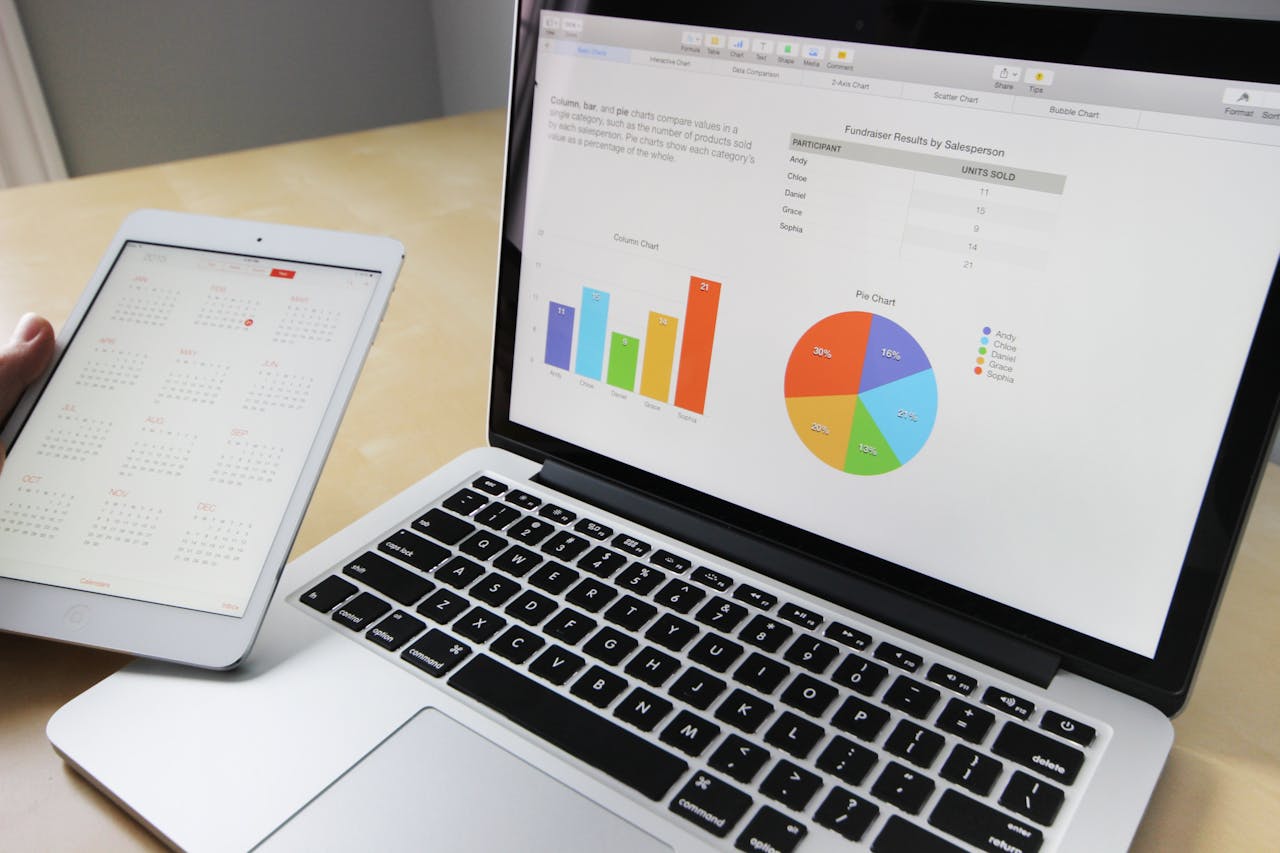In today’s fast-paced logistics environment, real-time tracking has become an indispensable tool for managing rail shipments. Real-time tracking not only provides visibility into the location and status of shipments but also enhances security, reduces risks, and improves overall efficiency. This lesson delves into the importance of real-time tracking, the technologies involved, and how to implement these systems effectively.
What is Real-Time Tracking?
Real-time tracking refers to the continuous monitoring of shipments from the point of origin to the destination using advanced technologies. This capability allows logistics managers to obtain up-to-the-minute information on the location, movement, and condition of cargo. By providing accurate and timely data, real-time tracking helps in making informed decisions and promptly addressing any issues that arise during transit.
Technologies Used in Real-Time Tracking
Several technologies are employed to enable real-time tracking of rail shipments, each offering unique benefits and capabilities:
-
Global Positioning System (GPS): GPS technology uses satellites to provide precise location data for shipments. It allows logistics managers to track the exact position of railcars and containers in real-time. Benefits = High accuracy, widespread availability, and reliability. GPS tracking is especially useful for monitoring long-distance and international shipments.
-
Radio-Frequency Identification (RFID): RFID involves attaching tags with embedded microchips to shipments. These tags communicate with RFID readers to provide information about the cargo's location and status. Benefits = RFID can track multiple items simultaneously and does not require a direct line of sight. It is ideal for managing large volumes of goods and enhancing inventory accuracy.
-
Internet of Things (IoT) Sensors: IoT sensors are deployed on railcars and containers to monitor various parameters such as temperature, humidity, and shock. These sensors transmit data in real-time, providing insights into the condition of the cargo. Benefits = Ensures the integrity of sensitive goods, detects potential issues early, and enhances cargo security.
Benefits of Real-Time Tracking
Implementing real-time tracking systems offers numerous advantages that can significantly enhance your rail shipment management:
-
Increased Visibility:
- Real-time tracking provides a clear view of the entire shipment journey. This visibility helps in proactively managing delays, diversions, and other issues, ensuring timely deliveries.
-
Timely Updates:
- Automated notifications and alerts keep you informed about critical events such as arrivals, departures, and delays. This enables quick responses and better coordination with stakeholders.
-
Enhanced Security:
- Continuous monitoring reduces the risk of theft and loss. In case of any unauthorized movement or tampering, alerts can be generated immediately, allowing for swift action.
-
Improved Customer Satisfaction:
- Providing customers with accurate and timely information about their shipments builds trust and enhances customer satisfaction. It also allows customers to plan their operations better.
-
Operational Efficiency:
- Real-time tracking data helps in optimizing routes, managing inventory, and improving overall logistics efficiency. It reduces idle time and ensures better utilization of resources.
Implementation of Real-Time Tracking
To effectively implement real-time tracking in your rail shipment operations, consider the following steps:
-
Evaluate Your Needs:
- Assess the specific requirements of your shipment operations, such as the type of goods transported, transit distances, and security needs. This will help in selecting the appropriate tracking technology.
-
Choose the Right Technology:
- Based on your evaluation, choose the tracking technology that best suits your needs. GPS is ideal for long-distance tracking, while RFID and IoT sensors are suitable for managing large volumes and monitoring cargo conditions.
-
Integrate with Existing Systems:
- Ensure that the chosen tracking system integrates seamlessly with your existing logistics and supply chain management software. This integration enables better data sharing and coordination.
-
Set Up Automated Alerts:
- Configure automated alerts for critical events such as delays, diversions, and arrivals. Customize alert criteria based on your operational priorities.
-
Train Your Team:
- Provide training to your logistics team on how to use the tracking system effectively. Ensure they understand how to interpret tracking data and respond to alerts promptly.
-
Monitor and Optimize:
- Continuously monitor the performance of your tracking system and gather feedback from your team. Use this feedback to make necessary adjustments and improvements.
Conclusion
Real-time tracking is a powerful tool that can transform your rail shipment management by providing unparalleled visibility, security, and efficiency. By leveraging technologies like GPS, RFID, and IoT sensors, you can gain real-time insights into your shipments, ensure timely deliveries, and enhance customer satisfaction. Implementing real-time tracking effectively requires careful evaluation, choosing the right technology, and integrating it with your existing systems. With proper implementation and continuous optimization, real-time tracking can significantly improve your rail shipment operations.
By understanding and utilizing real-time tracking, you lay the foundation for a more efficient and reliable rail shipment management system. Stay tuned for the next lesson, where we will explore the benefits and implementation of automated alerts in rail shipment management.

